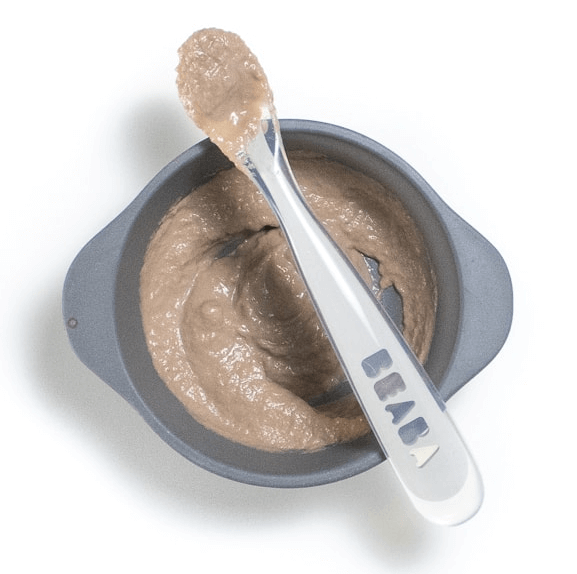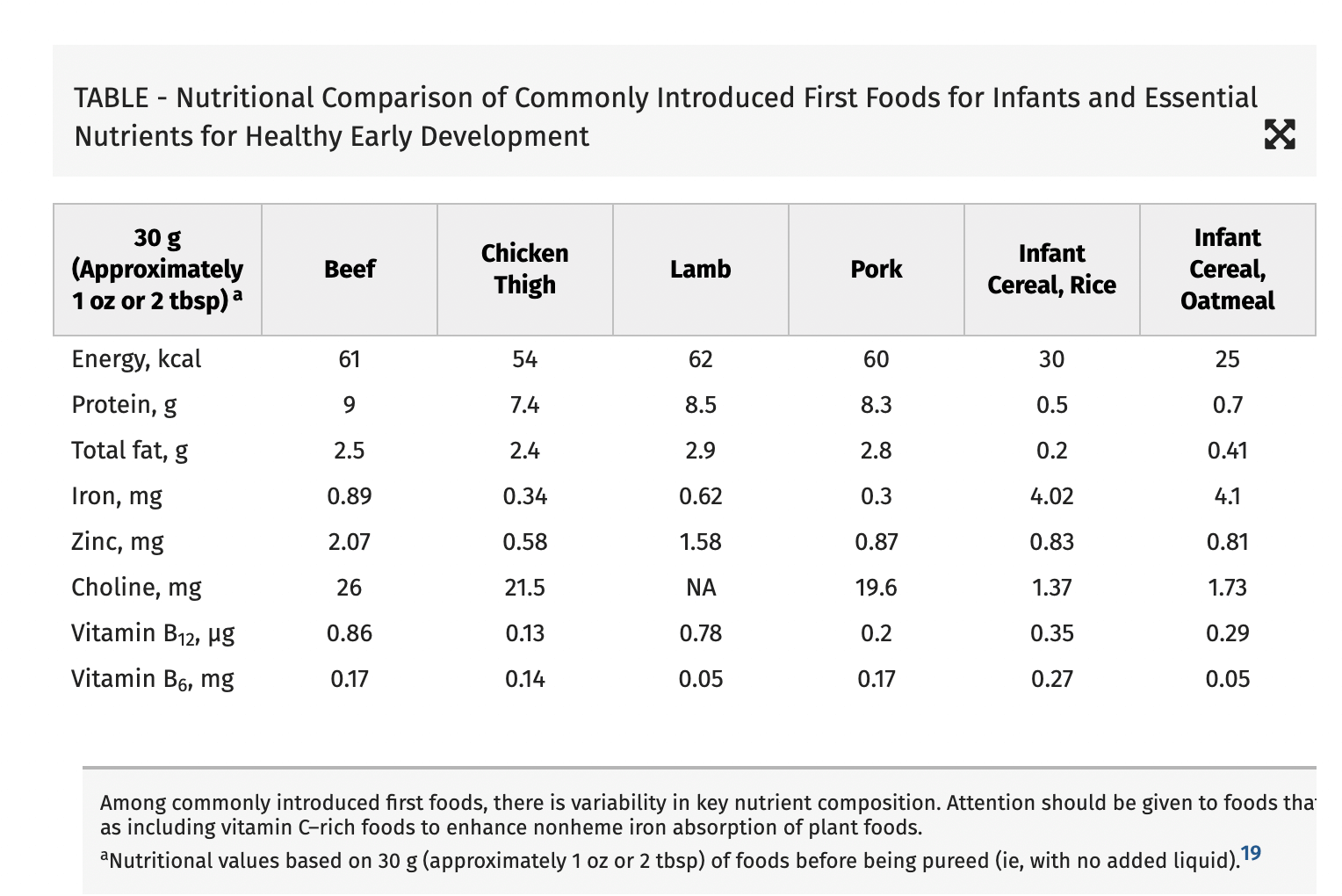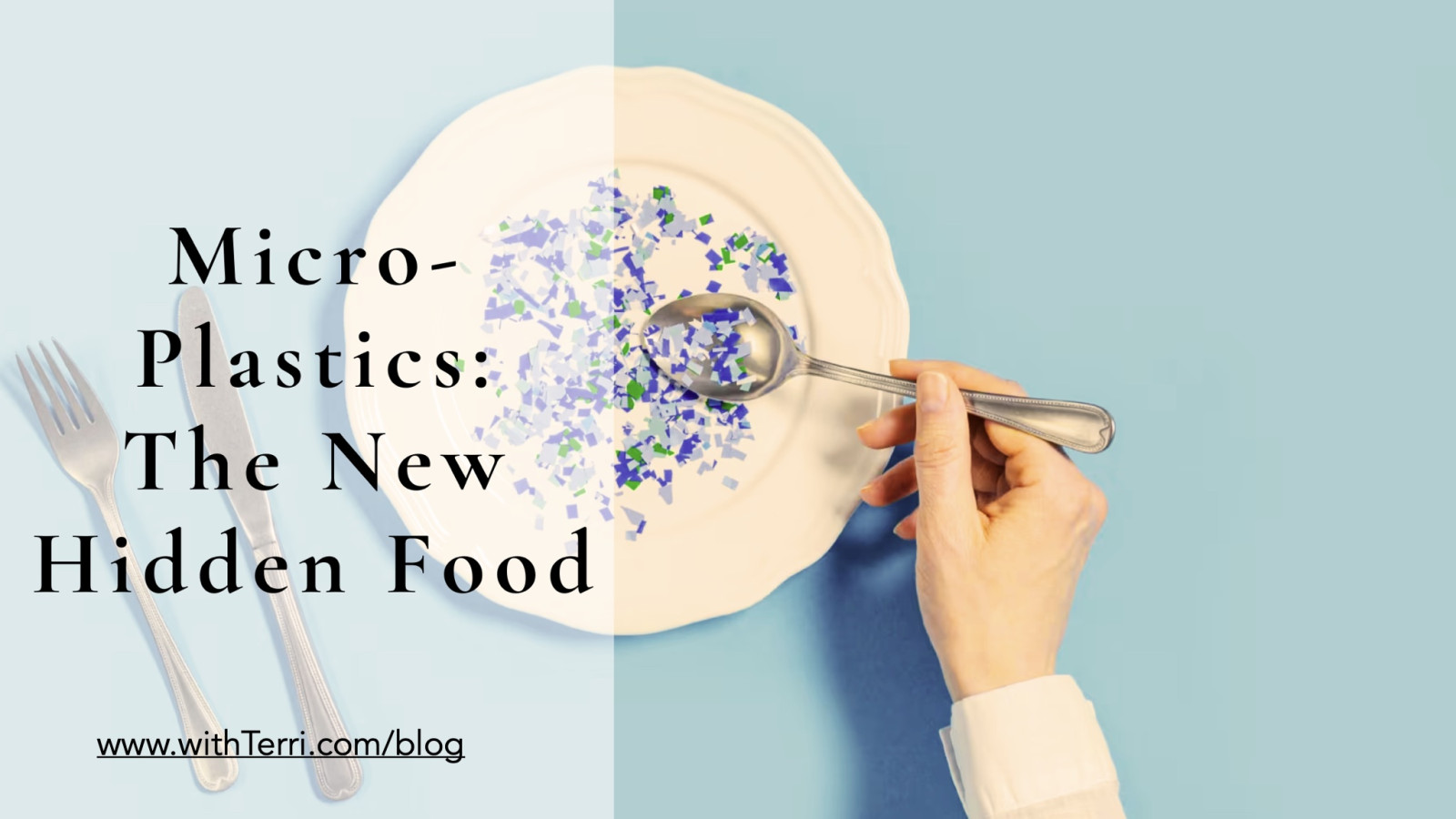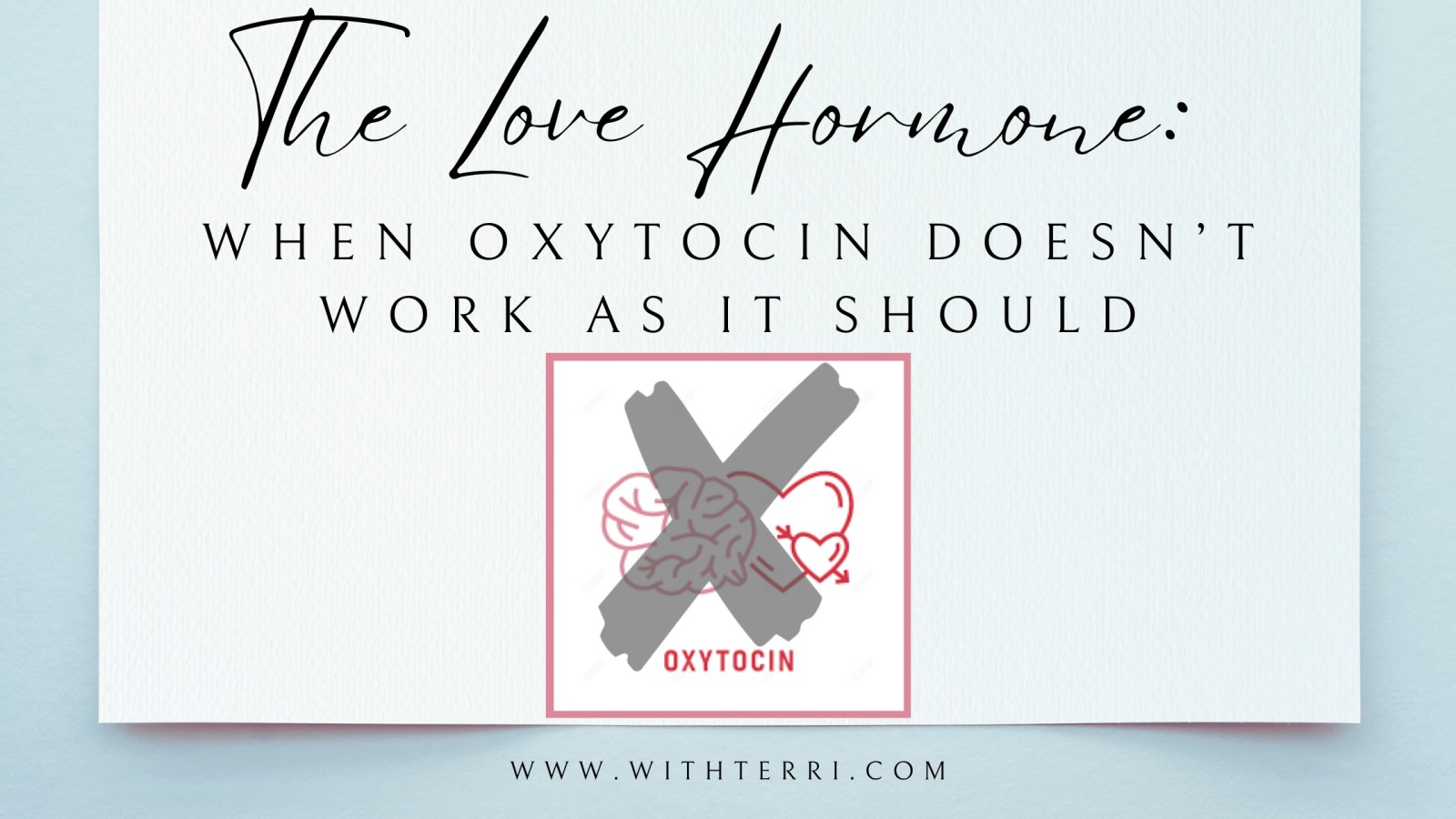
Here’s why this matters:
Babies are born with some iron stores, but those begin to run low around 6 months of age. Since breastmilk is naturally low in iron, it becomes essential to offer solid foods that provide iron in a form their bodies can absorb and use. Red meat offers heme iron, which is far more bioavailable than the non-heme iron found in plants or iron-fortified cereals. Even though baby cereals are often fortified, the iron in them is not as easily absorbed. Just 1 to 2 ounces of red meat per day—about a small meatball or a spoonful or two of ground beef—is enough to meet an infant’s daily iron needs.
Babies are born with some iron stores, but those begin to run low around 6 months of age. Since breastmilk is naturally low in iron, it becomes essential to offer solid foods that provide iron in a form their bodies can absorb and use. Red meat offers heme iron, which is far more bioavailable than the non-heme iron found in plants or iron-fortified cereals. Even though baby cereals are often fortified, the iron in them is not as easily absorbed. Just 1 to 2 ounces of red meat per day—about a small meatball or a spoonful or two of ground beef—is enough to meet an infant’s daily iron needs.

Zinc is another nutrient that becomes critical during infancy. It supports growth, a strong immune system, and healthy development. Like iron, zinc levels in breastmilk drop after a few months. Red meat, again, comes to the rescue as one of the richest natural sources of zinc that babies can digest easily and use efficiently.
 But the benefits of red meat don’t stop there. Red meat is rich in vitamin B12, high-quality protein, and other cofactors that play a direct role in the development of a baby’s central nervous system. These nutrients help build strong nerve connections and support healthy brain function. In fact, iron and B12 deficiencies in infancy are associated with long-term cognitive delays and behavioral changes. Including red meat early on helps support the formation of myelin (the protective sheath around nerves), neurotransmitter production, and energy metabolism—all crucial for a growing brain.
But the benefits of red meat don’t stop there. Red meat is rich in vitamin B12, high-quality protein, and other cofactors that play a direct role in the development of a baby’s central nervous system. These nutrients help build strong nerve connections and support healthy brain function. In fact, iron and B12 deficiencies in infancy are associated with long-term cognitive delays and behavioral changes. Including red meat early on helps support the formation of myelin (the protective sheath around nerves), neurotransmitter production, and energy metabolism—all crucial for a growing brain.Unfortunately, many babies—especially those exclusively breastfed—are at risk for iron and zinc deficiency, which is why red meat is now being encouraged as a first food. Not only is it nutrient-rich and easy to prepare, but studies show babies accept pureed beef just as well as they do infant cereal.
✅ Bottom line:
Red meat like beef is a powerful, nutrient-dense first food that helps babies thrive—supporting everything from physical growth to brain development. And the best part? A little goes a long way. So go ahead and make every bite count!
Red meat like beef is a powerful, nutrient-dense first food that helps babies thrive—supporting everything from physical growth to brain development. And the best part? A little goes a long way. So go ahead and make every bite count!

Here are some bullet points that give more info.
Here’s why red meat is such a wise choice:
1. Babies Need More Iron Than You Might Think
- Human milk is beautifully designed for babies, but its iron content is low—though highly absorbable (20–50%).
- By 6 months, a baby’s iron stores begin to drop, and over 77% of breastfed babies in the U.S. have inadequate iron intake in the second half of infancy.
- Even 20% of formula-fed infants don’t absorb enough iron to meet growth needs.
2. Iron Needs to Be Absorbable (Bioavailable)
- Human milk: ~50% bioavailable iron
- Heme iron (from meat): ~20% bioavailable
- Nonheme iron (from plants or fortified cereals): ~5% bioavailable
- That’s why even high-iron cereals fall short—they just don’t absorb as well as meat.
3. Zinc Is Just as Critical
- 54% of breastfed infants between 6 and 12 months don’t get enough zinc.
- Red meat provides both iron and zinc in highly bioavailable forms.
4. Red Meat Beats Other Meats and Proteins
- Only 10% of toddlers eat beef regularly; most eat chicken or hot dogs, and usually as ultra-processed foods.
- Chicken and turkey are poor sources of heme iron.
- Compared with chicken, turkey, pork, or non-meat proteins like beans, eggs, or nut butters, red meat offers higher levels of iron, zinc, B12, B6, and choline.
- Fortified cereals may contain added iron, but red meat naturally supplies more usable forms.
5. Red Meat Builds More Than Muscle
- Red meat doesn’t just help prevent anemia. It supports optimal brain development, immune function, and physical growth during this rapid developmental stage.
- Nutrients like B12 and choline are crucial for building myelin, the fatty sheath around nerves that helps the brain communicate effectively.
- Zinc supports the immune system, DNA synthesis, and wound healing—all important for babies learning to crawl, walk, and explore.
6. Babies Like It!
- Studies show babies accept pureed beef just as well as infant rice cereal.
Bottom Line:
You’re not just feeding a baby—you’re building a brain, a body, and a strong immune system. Red meat helps nourish all three. By starting with nutrient-dense, bioavailable foods like red meat at around 6 months, you’re giving your baby a solid foundation for a lifetime of vitality.
You’re not just feeding a baby—you’re building a brain, a body, and a strong immune system. Red meat helps nourish all three. By starting with nutrient-dense, bioavailable foods like red meat at around 6 months, you’re giving your baby a solid foundation for a lifetime of vitality.
Tips for Serving:
- Start with very soft, well-cooked, or pureed red meat.
- Mix into mashed sweet potatoes or bone broth for extra minerals and flavor.
- Serve alongside vitamin C–rich foods like liver, egg yolk, or fruit to boost iron absorption.
Sources:
- Dietary Guidelines for Americans 2020–2025
- American Academy of Pediatrics
- Feeding Infants and Toddlers Study (FITS)
- National Academy of Medicine
- World Health Organization
AFFILIATE DISCLAIMER: I’m a proud affiliate for some of these tools and products that are suggested on this page and throughout my site. If you click on a product and make a purchase, I may earn a small commission at no extra cost to you. My recommendations are based on knowledge and experience and I recommend them because they are genuinely useful, not because of the small commission I may receive |



















0 Comments